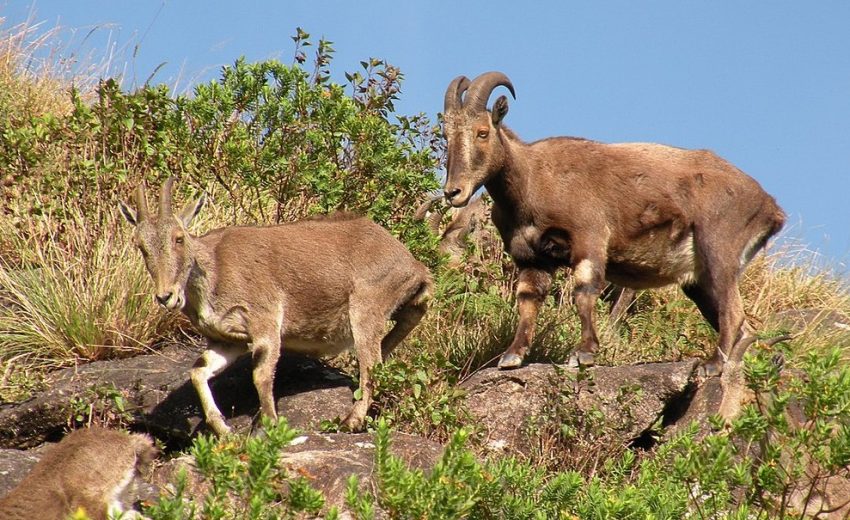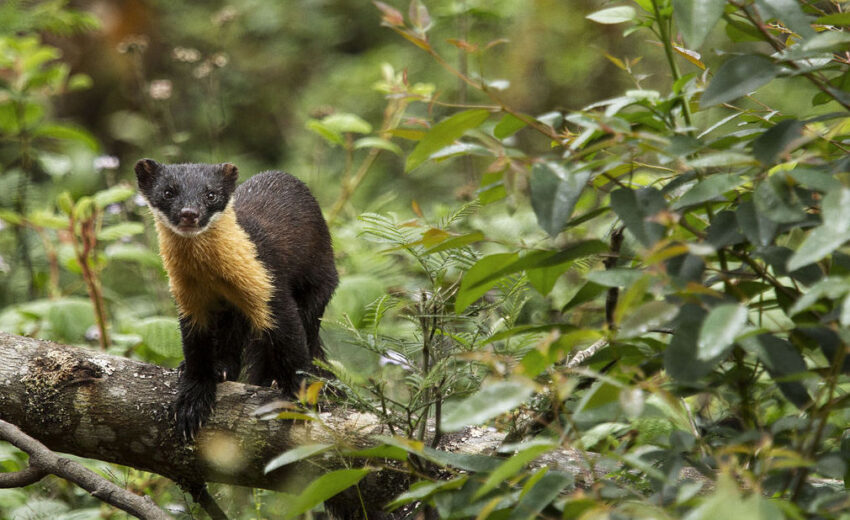The Nilgiri tahr is native to the Nilgiri Hills and the southern portion of the Western and Eastern Ghats in southern India. These critters prefer open montane grassland habitats. They are more closely related to sheep than
- Zoology
- Daily Critter Facts
- For Teachers
- Study Guides
- Diseases & Parasites
- Contact


